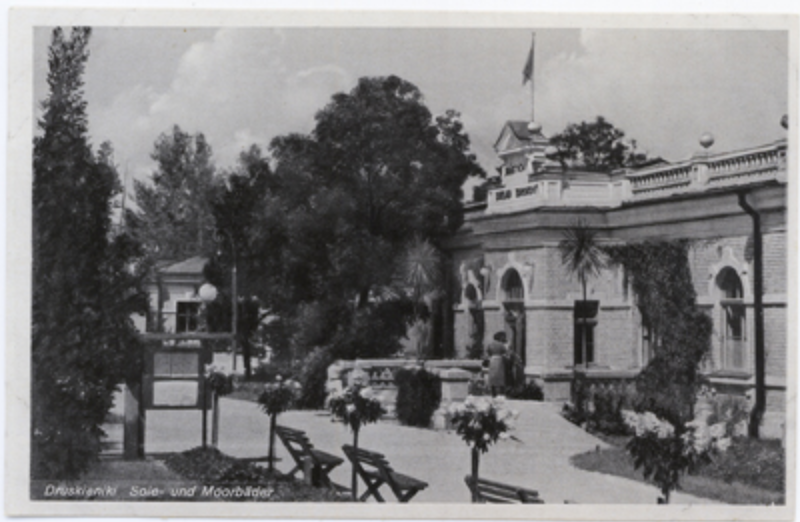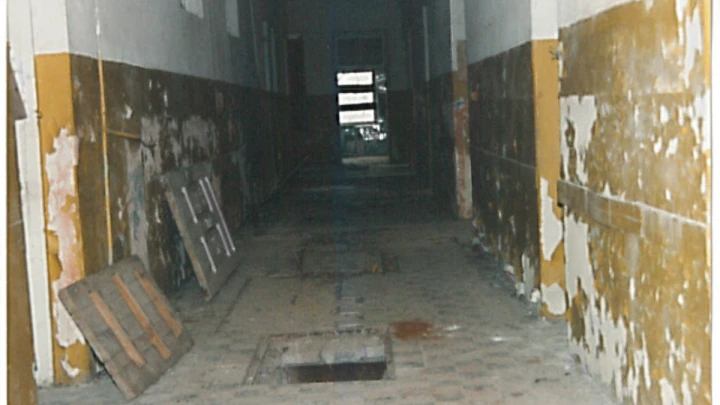History of the Hotel
Druskininkai is the oldest and largest year-round balneological, mud and climate resort in Lithuania. A city richly endowed by nature, valued not only for its healing natural properties, but also for its wonderful landscape.
Some sources say that in 1794 June 20 By order of the Polish king Stanislaus Augustus Paniatowski, the town of Druskininkai was declared a healing area: this date is considered the founding day of Druskininkai. Other sources state that the founding day of Druskininkai is January 4, 1838, when Russian Emperor Nicholas I, based on the research of Vilnius University professor Ignacs Fonberg, approved the project for the establishment of the Druskininkai resort.
The first medical facility of the resort was established in 1838. a wooden mineral water spa was built, which was soon expanded to 50 baths. The wooden buildings of that time often burned or were destroyed by floods, so the wooden Druskininkai hospital was not spared either, it burned down in 1894.









